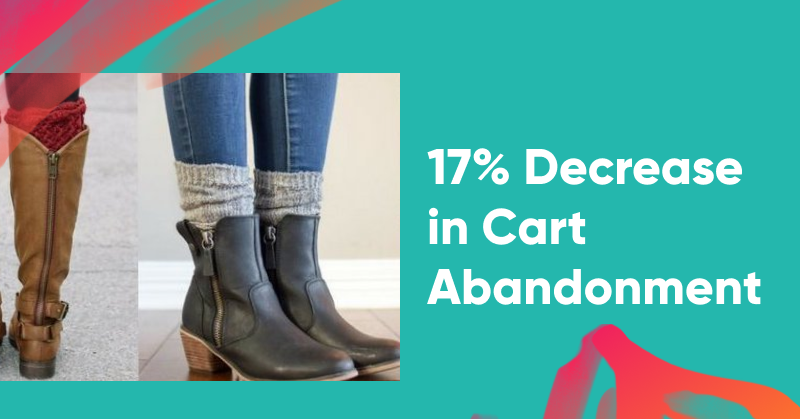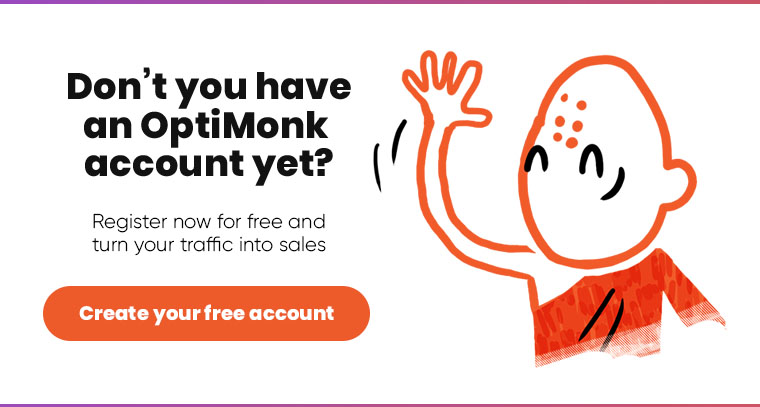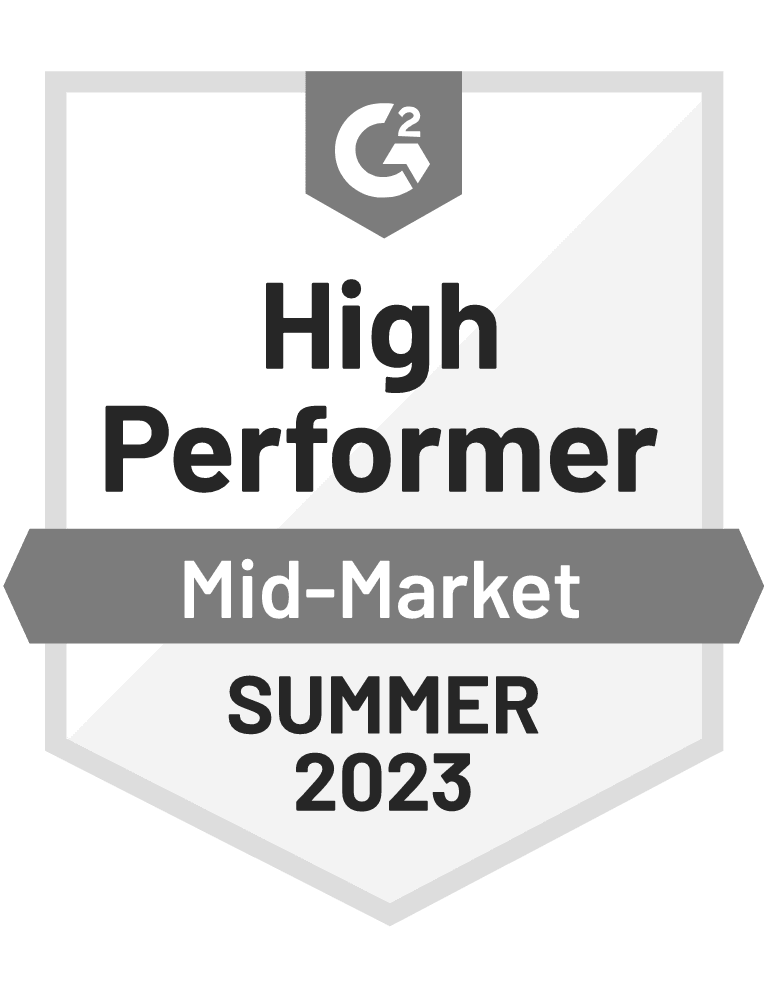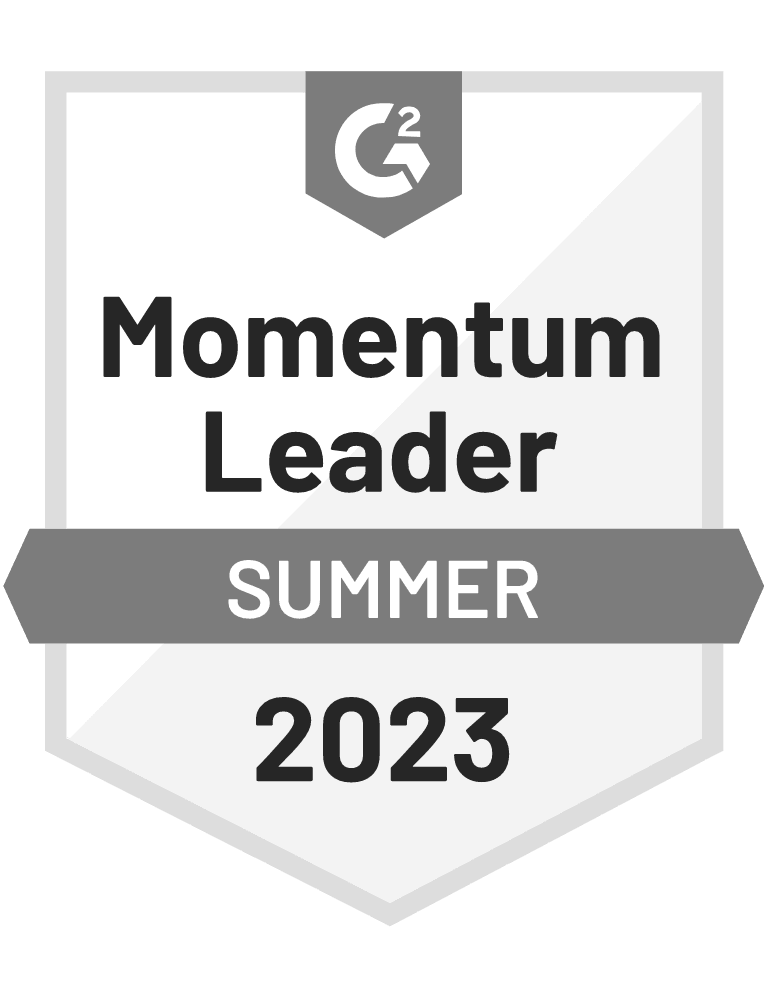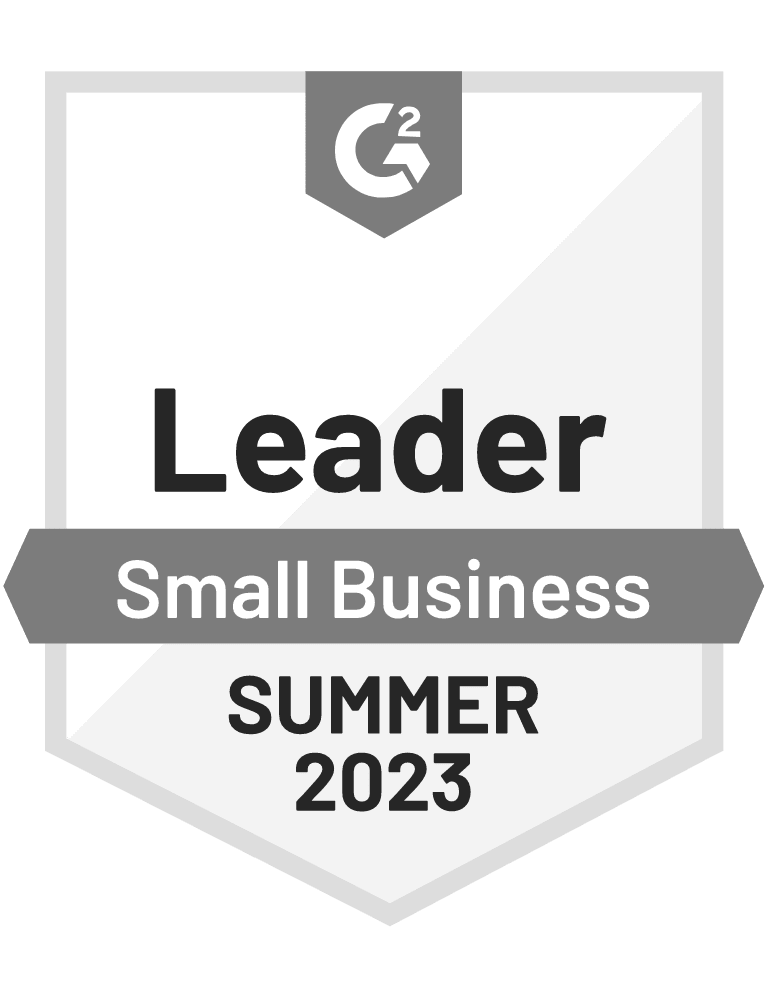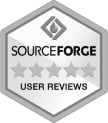BootCuffsSocks is an ecommerce store that—no surprise by their name—sells boot cuffs and boot socks for women.
They’re a family-run business—with the tagline: “Shipped with a smile from Alaska.”
The owners were looking to grow their store. They spent a ton of money to generate traffic. But the majority of their visitors were simply “window-shopping” and left their site without buying.
In this case study, we’ll show you how they decreased their cart abandonment rate (and achieved other great results) in just three months.
Let’s get right to it!
601
New transactions
8%
Increase in their total revenue
17%
Decrease in cart abandonment rate
3,175
New subscribers
Meet BootCuffsSocks
BootCuffsSocks.com is an online store that sells a wide variety of chic and cozy boot accessories for women.
With over 7 months of winter weather in Alaska, they know boots! Their small family team works hard daily to bring only the best styles in boot cuffs and boot socks.
They provide high-quality products, impeccable customer service, fast and free shipping, and easy returns.
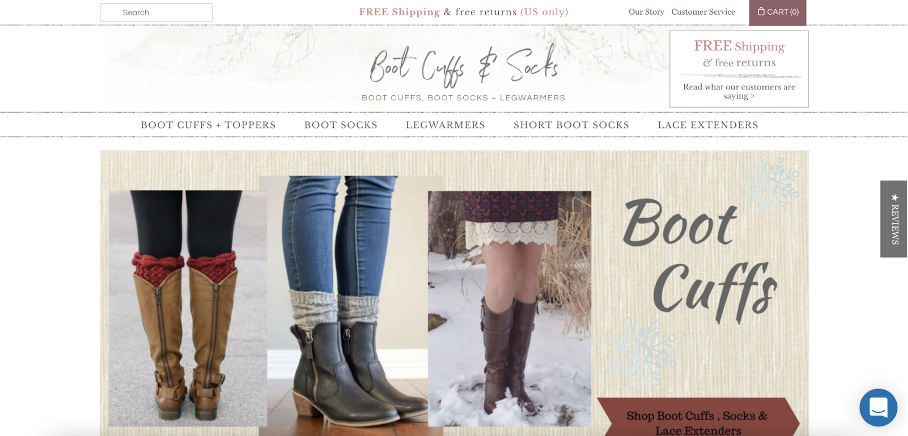
Challenges
Due to their sophisticated online marketing tactics, BootCuffsSocks.com generated tons of traffic—primarily via organic searches.
To improve their conversions, BootCuffsSocks.com fine-tuned their homepage to include easy-to-understand navigation elements.
But their well-designed homepage and attractive offers weren’t enough. Most of their visitors still left the site without buying or subscribing to any lists. It meant many lost opportunities. Their newsletter subscription rate also wasn’t growing as expected.
So the team’s biggest challenge was to turn those numerous visitors into subscribers and buyers.
The solution
BootCuffsSocks.com decided to try OptiMonk popups.
The end goal? Nudge visitors towards making a purchase and grow their newsletter list.
Let’s look at how they did it.
1. Growing newsletter list with a multi-step popup
First, BootCuffsSocks.com created a newsletter popup, which also served as a welcome offer.
A good newsletter campaign provides some sort of value in exchange for a subscriber’s information. So the team offered a $10 coupon to anyone who signed up for their list.
They aimed to increase their conversion rate and spark immediate purchases. So they created a multi-step popup campaign instead of using a one-page newsletter sign-up.
A multi-step popup campaign is designed so that visitors answer a YES/NO question first, then they are asked to sign up for a newsletter.
Here’s what it looks like in action:
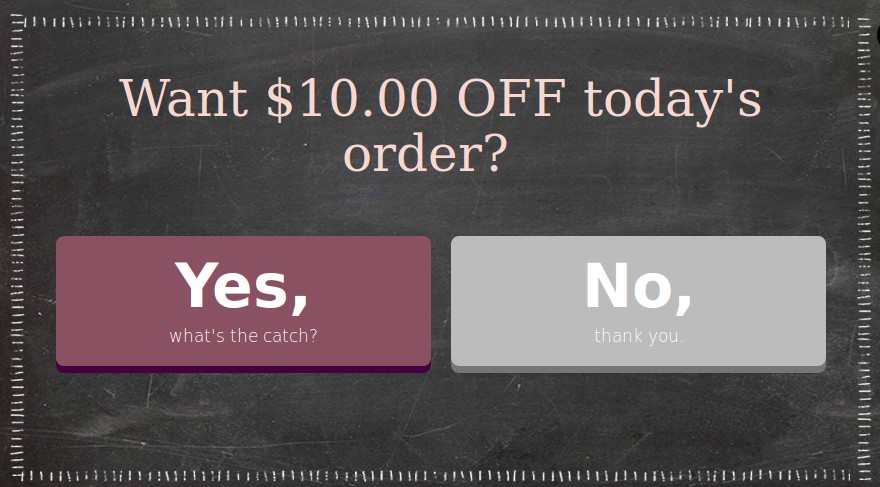
When a visitor chooses YES, it means that they’re subconsciously more likely to make an immediate purchase.
Even if they didn’t buy right away, the visitors who pressed yes, did express interest. They are valuable and relevant leads since they showed engagement with the brand and a desire to make a purchase.
After visitors clicked YES—the next popup appeared and asked visitors to enter their email address:
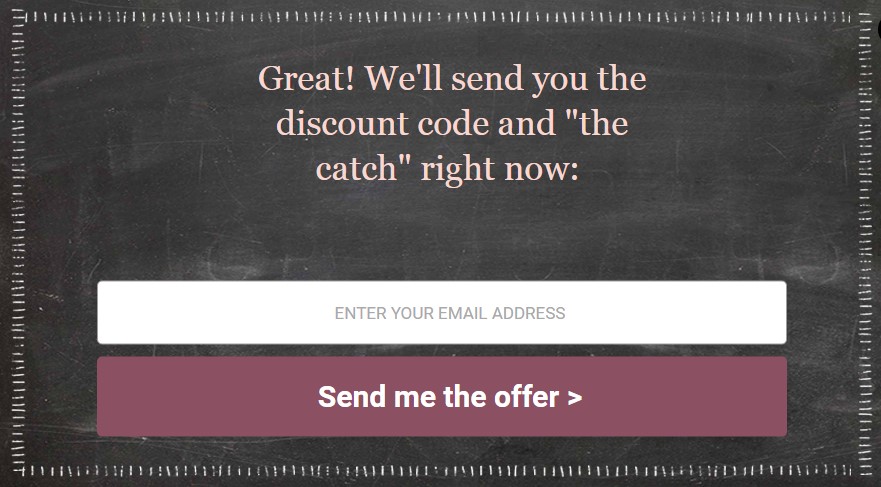
BootCuffsSocks.com wrapped up their offer with a thank you popup and told visitors to check their inbox for the special discount code.
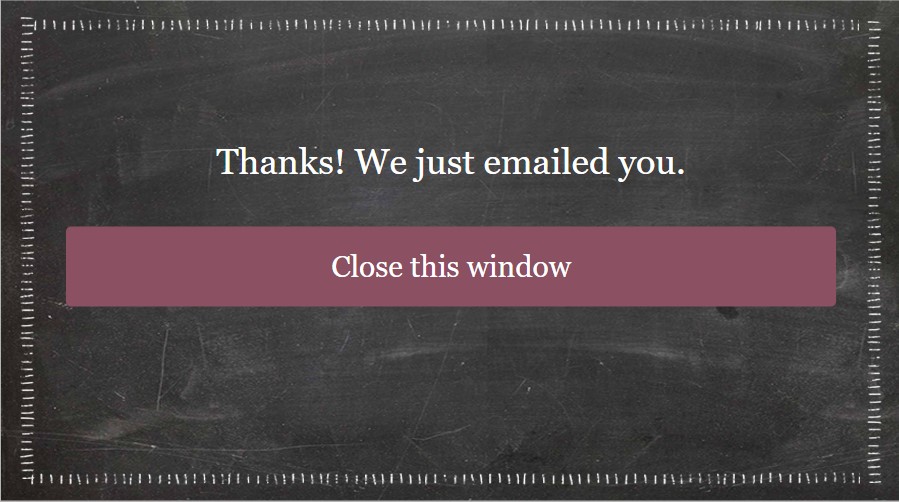
Although a subscription doesn’t mean that a visitor will purchase something immediately, it’s an important step in the overall conversion process—known as micro-conversion.
BootCuffsSocks.com integrated OptiMonk with their newsletter system, so they could send the coupon code to subscribers immediately after they signed up. Later, they sent relevant information and special offers to their subscribers.
This strategy helped to quickly boost their overall conversions and improve customer loyalty.
BootCuffsSocks.com displayed this popup to visitors who showed some level of engagement.
Their goal was to display the offer to visitors at the beginning of their session, but not so quickly that they would annoy visitors. So they used a time trigger: the popup appeared after visitors browsed for more than 15 seconds.

BootCuffsSocks wanted to prevent visitors from being annoyed by the same popup over and over again. (It’s a common issue with poorly designed popups.) So the team set up their campaign to only display once per visitor.

Wanna increase your subscriptions with your own multi-step campaign? Try this ready-to-use template:
2. Decreasing the cart abandonment
BootCuffsSocks.com noticed that visitors added products to their cart but never made that final purchase. The bounce rate on their cart page was significantly high—over 60%:

So they chose to use exit-intent technology to fight against cart abandonment.
Exit-intent technology shows visitors a popup at the exact moment they are about to leave your site. This is usually indicated by the visitor moving towards the address bar, bookmarks, or clicking the ‘X’ (a.k.a. the exit) button on their browser.
BootCuffsSocks.com decided to A/B test two different offers to see which one visitors preferred.
The two offers were:
- 10% off the entire purchase
- a $4.25 store credit
Let’s take a look at the offers in more detail.
Version A:
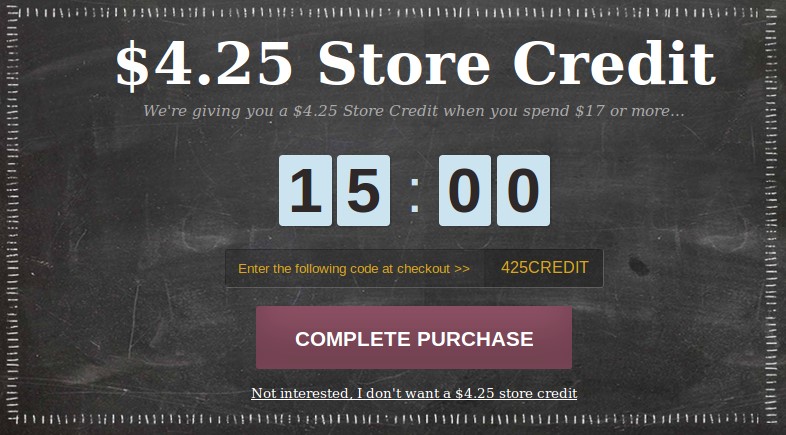
Version B:
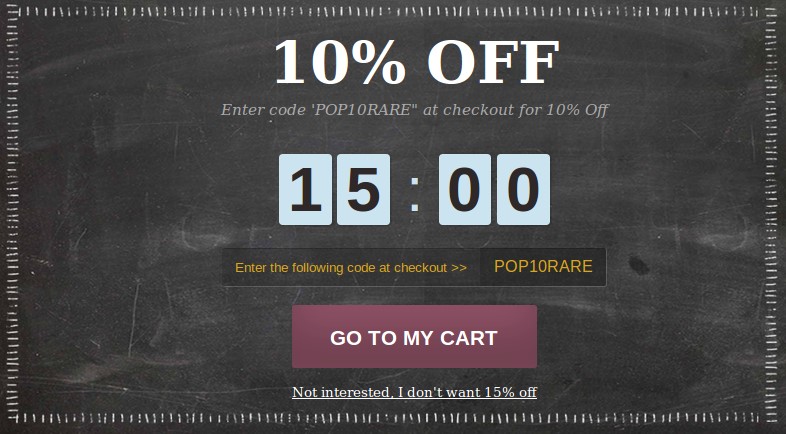
After testing the two variants for 40 days, the team found that 15% more people signed up for version B, compared to version A.
Version B was the clear winner.
It includes clear, yet specific language that is easy for a busy reader to understand. “10% off” is instantly understandable vs “$4.25 store credit when you spend $17 or more”, which is slightly more elaborate and may require a visitor to reread the text to understand the offer. As always, clarity is important when it comes to increasing your conversions. The easier it is to understand copy, the more effective it will be.
Check out the settings BootCuffsSocks.com used to target only cart abandoners.
First, they set the popup to display on exit-intent:
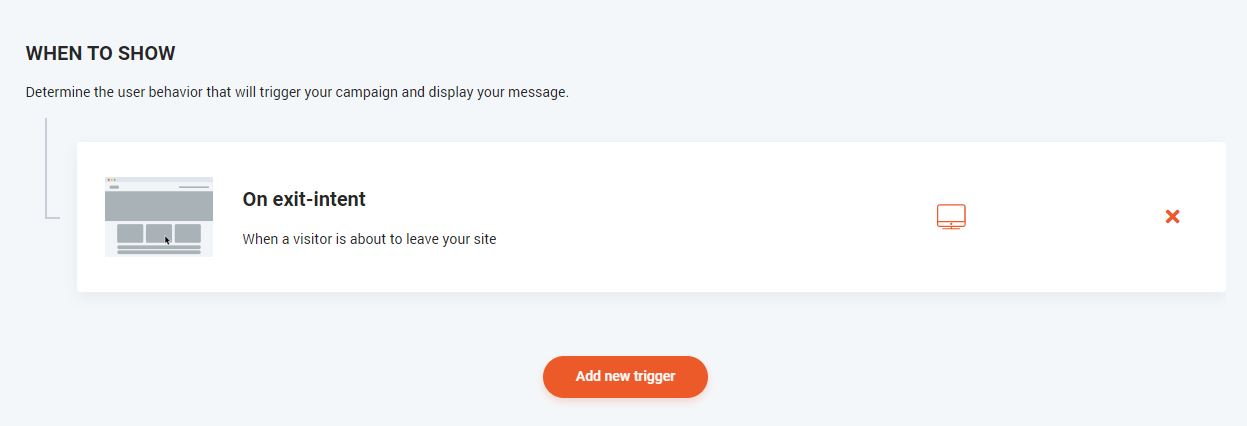
Just like their first campaign, they limited the display of the popup to once per visitor.
BootCuffsSocks.com only ships domestically, so they used the IP targeting feature to display the popup to people living in the US:
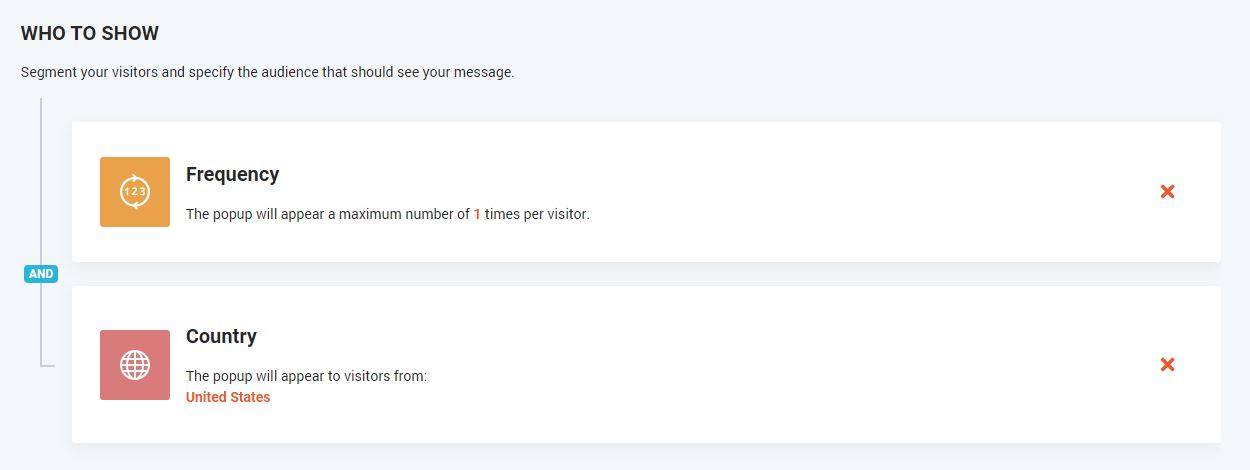
Finally, here’s the most important setting: BootCuffsSocks.com targeted prospects who had at least one item in their cart.
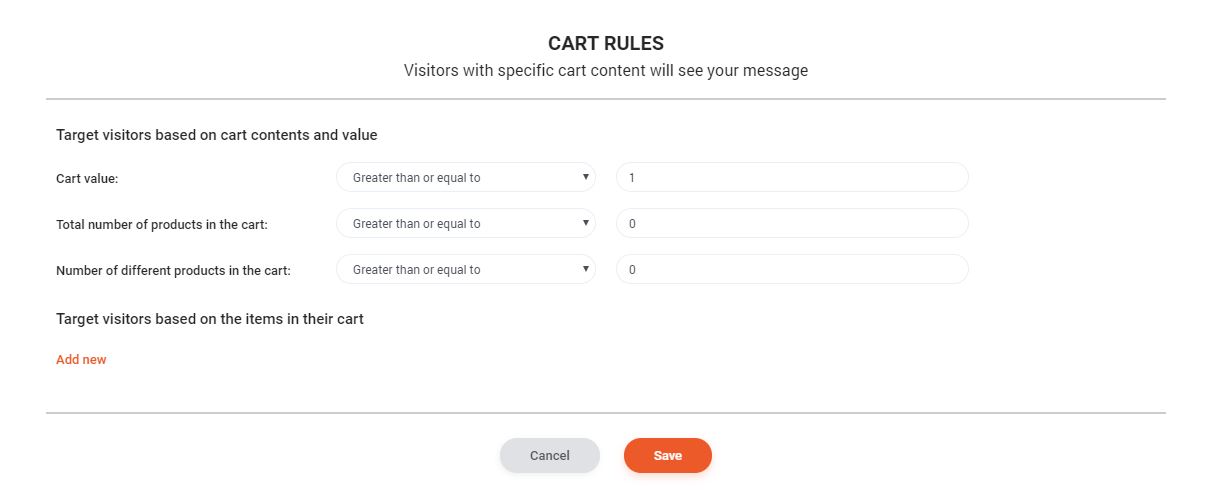
Results breakdown
BootCuffsSocks.com achieved spectacular results using OptiMonk. The team generated 601 new transactions in just 3 months:

BootCuffSocks.com also reduced their cart abandonment rate by over 17%. Check out their comparative analysis from the previous year:

The bottom line was their total revenue increased by more than 8%:

Excited to see similar results for your store? It’s time to design your own highly-targeted, conversion-boosting onsite messaging campaign.
Create your forever free OptiMonk account and stop losing customers today! And as always, our team’s got your back. Reach out to us directly if you’d like hands-on support to reach your business goals.
